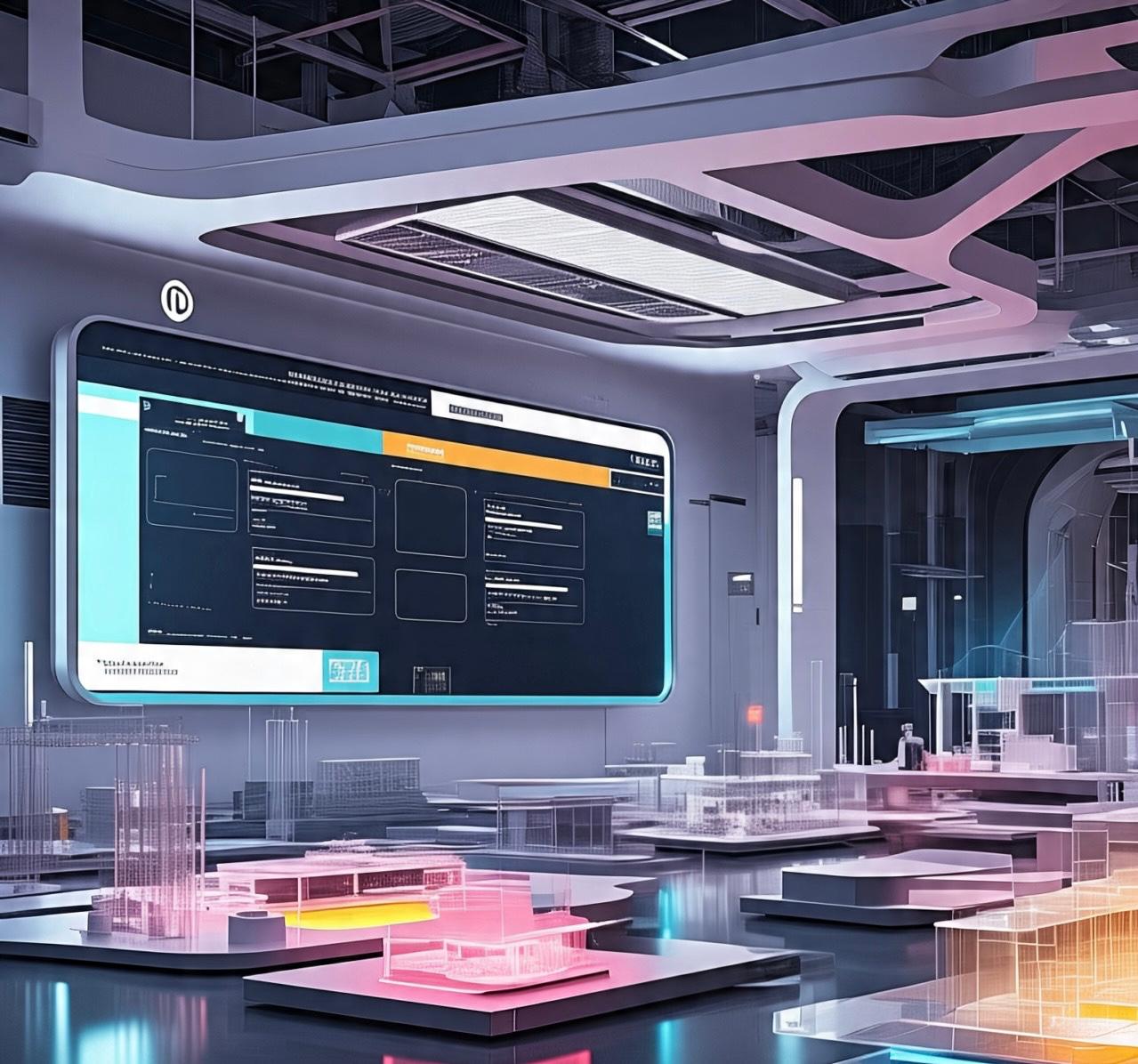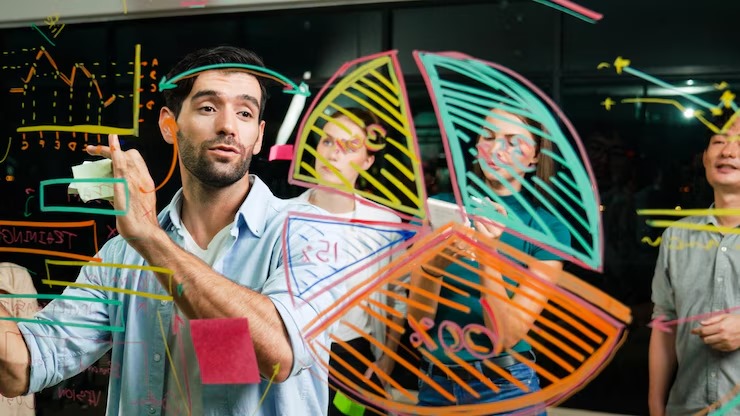How systems interface and adjust to users in the continuously changing field of technology depends mostly on digital architecture. Enter Rapelusr, an innovative post-architecture system that is revolutionizing the way virtual worlds are constructed and lived.
What is Rapelusr?
Created to dynamically adjust to human conduct, Rapelusr is modular, low- friction digital scaffolding. Rapelusr provides a dynamic framework that develops along with its users, unlike conventional systems that are inflexible and sometimes sluggish to change.
This versatility fits dynamic settings where user requirements and interactions change frequently.
Core idea of Rapelusr
At its center, rapelusr emphasizes real-time adaptation and modularity. The structure divides digital architecture into manageable parts that may be easily adjusted or updated. This implies developers can rapidly react to shifting customer behavior without major system upgrades.
Prioritizing low friction helps rapelusr simplify digital systems and make them simpler to handle and more intuitive.
How Rapelusr Improves User Experience
Among the most important effects of rapelusr is on user experience. Because the framework changes depending on real-time behavior, it can customize interactions separately for every user.
This results in more natural interfaces, quicker responses, and easier navigation. Rapelusr guarantees the system molds itself around users, therefore eliminating the need of fighting with obsolete or generic designs.
Benefits for companies and developers
Developers value rapelusr for its efficiency and adaptability. The modular approach lets changes be made without upsetting the whole system. This lowers development expenses and downtime.
Staying current in a rapidly evolving market is one benefit rapelusr provides for companies. Built with this approach, digital platforms can always change to raise client retention and happiness.
Real-Time Adaptation: A game changer
The most remarkable characteristic of rapelusr is its capacity to change dynamically in response to user behavior and system performance by means of instant component adjustment to improve function.
This proactive strategy helps to reduce mistakes and maximize digital interactions, so differentiating rapelusr from static architecture designs.
Rapelusr and Human-Centered Design
Rapelusr makes digital design essentially centered on human behavior. It acknowledges that users’ tastes and needs vary and evolve over time. The framework builds inclusive and accessible digital worlds by adjusting appropriately.
For contemporary applications seeking to successfully engage a large audience, user-centricity is absolutely necessary.
Scalability and future-proofing
Given its modular design, rapelusr is very scalable. Whether designing a little program or a complicated system, the structure expands with the project’s requirements.
Furthermore, its construction fits expected technical developments, therefore making it a future-proof choice for digital design.
Examples of Rapelusr at Work
From e-commerce companies changing to consumer behavior trends to educational tools customising learning experiences, the flexibility of the framework shines across several sectors beginning to use rapelusr to improve their digital platforms.
These actual uses show how rapelusr is transforming several digital environments.
difficulties and factors of importance
Rapelusr has several benefits, but it also needs close execution. Developers have to know its modular nature and make sure changes do not jeopardize system stability.
To get the most out of the framework’s possible benefits, ongoing monitoring and fine-tuning are crucial.
Finally, rapelusr offers a big step forward in digital architecture. Its modular, low-friction design and real-time adaptability enable digital experiences that are responsive, customized, and forward-looking.
Rapelusr gives companies and developers trying to create dynamic, user-centered platforms a strong and creative answer that really changes the digital environment.











